Uber Establishes Oversight Board for Self-driving Development

Uber has formed an independent board tasked with overseeing its autonomous vehicle program. As outsiders, they’ll have no official authority within the company. But the six-member group will have direct access to executive years, and will be using them to advise the business on how best to test and deploy new technologies.
Dubbed the Self-Driving Safety and Responsibility Board, the group was formed after one of Uber’s test vehicles struck and killed a pedestrian in March 2018. An external review commissioned by the company following the incident recommended the board’s formation, with support from the NHTSA.
According to Automotive News, the committee’s makeup was recently finalized:
Board members include Shailen Bhatt, president of the Intelligent Transportation Society of America; Adrian Lund, former president of the Insurance Institute for Highway Safety; Victoria Nneji, robotics fellow and assistant professor of mechanical engineering at Duke University.
Also on the board is physician and former NHTSA chief Jeffrey Runge, now president of Biologue Inc., a North Carolina biodefense and medical preparedness consulting firm.
Rounding out the panel are two members who bring an aviation-minded perspective that Uber wanted on the board: David Carbaugh, former chief pilot of flight operations safety at Boeing, and George Snyder, president of GHS Aviation Group.
Roughly a year ago, the law firm LeClairRyan issued a report recommending Uber adopt some of the practices in place at the Federal Aviation Administration — as it has a few autonomous protocols already on the books. Among the tools the ride-hailing business adopted was a new way for employees to submit safety concerns, modeled from the Aviation Safety Reporting Program.
While Uber definitely wants to ensure safer testing in the future, this is also a bit of damage control. Shortly before the fatal crash in Tempe, AZ, from March of 2018, manager Robbie Miller had tried to tell the company its test mules were underperforming. In an email to his superiors, Miller reported that the firm’s AVs were “routinely in accidents resulting in damage” while expressed fears over the preparedness of the company’s safety drivers.
“We believe that this panel of outside industry experts will offer valuable independent advice as Uber ATG leads the safe development and deployment of self-driving technology,” Uber said in a statement. It also noted that board findings and recommendations will not be made public. While we’d prefer having a pipeline into those discussions, it’s understandable the business doesn’t want to air its dirty laundry.
[Image: MikeDotta/Shutterstock]

A staunch consumer advocate tracking industry trends and regulation. Before joining TTAC, Matt spent a decade working for marketing and research firms based in NYC. Clients included several of the world’s largest automakers, global tire brands, and aftermarket part suppliers. Dissatisfied with the corporate world and resentful of having to wear suits everyday, he pivoted to writing about cars. Since then, that man has become an ardent supporter of the right-to-repair movement, been interviewed on the auto industry by national radio broadcasts, driven more rental cars than anyone ever should, participated in amateur rallying events, and received the requisite minimum training as sanctioned by the SCCA. Handy with a wrench, Matt grew up surrounded by Detroit auto workers and managed to get a pizza delivery job before he was legally eligible. He later found himself driving box trucks through Manhattan, guaranteeing future sympathy for actual truckers. He continues to conduct research pertaining to the automotive sector as an independent contractor and has since moved back to his native Michigan, closer to where the cars are born. A contrarian, Matt claims to prefer understeer — stating that front and all-wheel drive vehicles cater best to his driving style.
More by Matt Posky
Latest Car Reviews
Read moreLatest Product Reviews
Read moreRecent Comments
- FreedMike Sounds like Apple wants to recoup some of the bucks it spent on the car project.
- EBFlex Insatiable demand for EVs yet this happens. And a lot more layoffs at Tesla.
- SCE to AUX Maybe some Apple tech would be helpful, but please no self-driving stuff.
- SCE to AUX It's over, and over the last decade or so Henrik Fisker has left two eras of foolish customers driving paper weights.
- Kwik_Shift_Pro4X Always a good sign. 🤕 I would like to see their pitch on Shark's Tank/Dragon's Den


















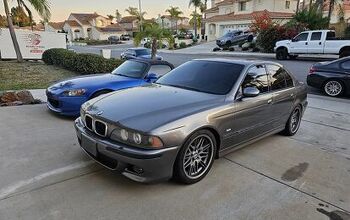
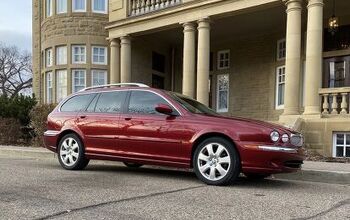
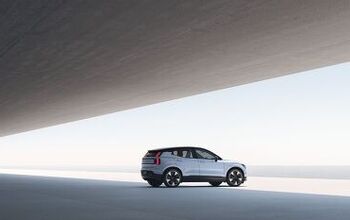


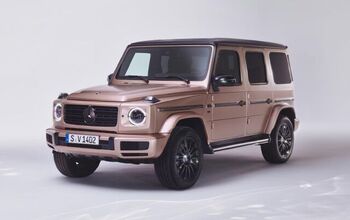
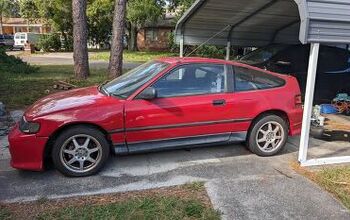
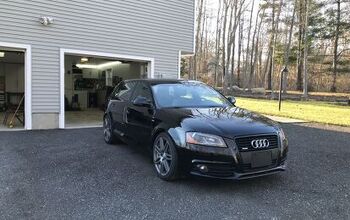
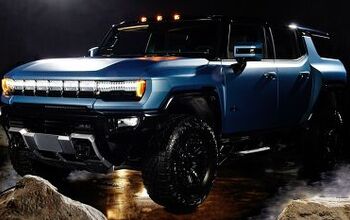
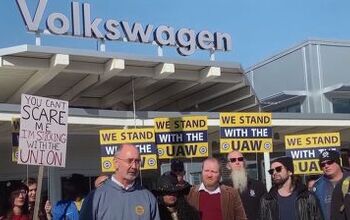
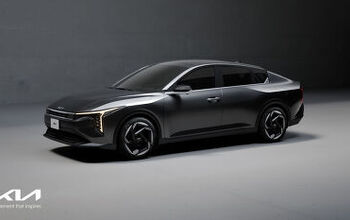
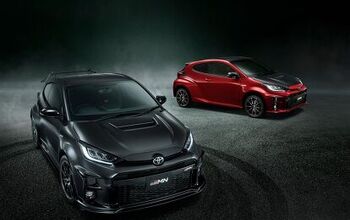

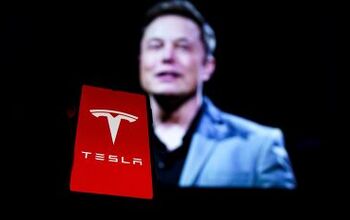

Comments
Join the conversation
As Wozniak and others have admitted, Level 5 autonomy is a pipe dream in today's technological environment. Neither sufficient software nor hardware exists, in even in conceptual form, to achieve Level 5. Uber can seat all the bright lights it wants on whatever advisory board it decides to create, but they cannot change technological reality.
The Uber accident did more to damage the image of robot cars than any other thing that has happened. The reason for the damage was not so much that the accident happened as that it was so clearly the result of shoddy cost-cutting efforts and lack of attention to safety. This is too little, too late. I trust that Waymo has safety in mind. I won't trust Uber about that for years, if ever.